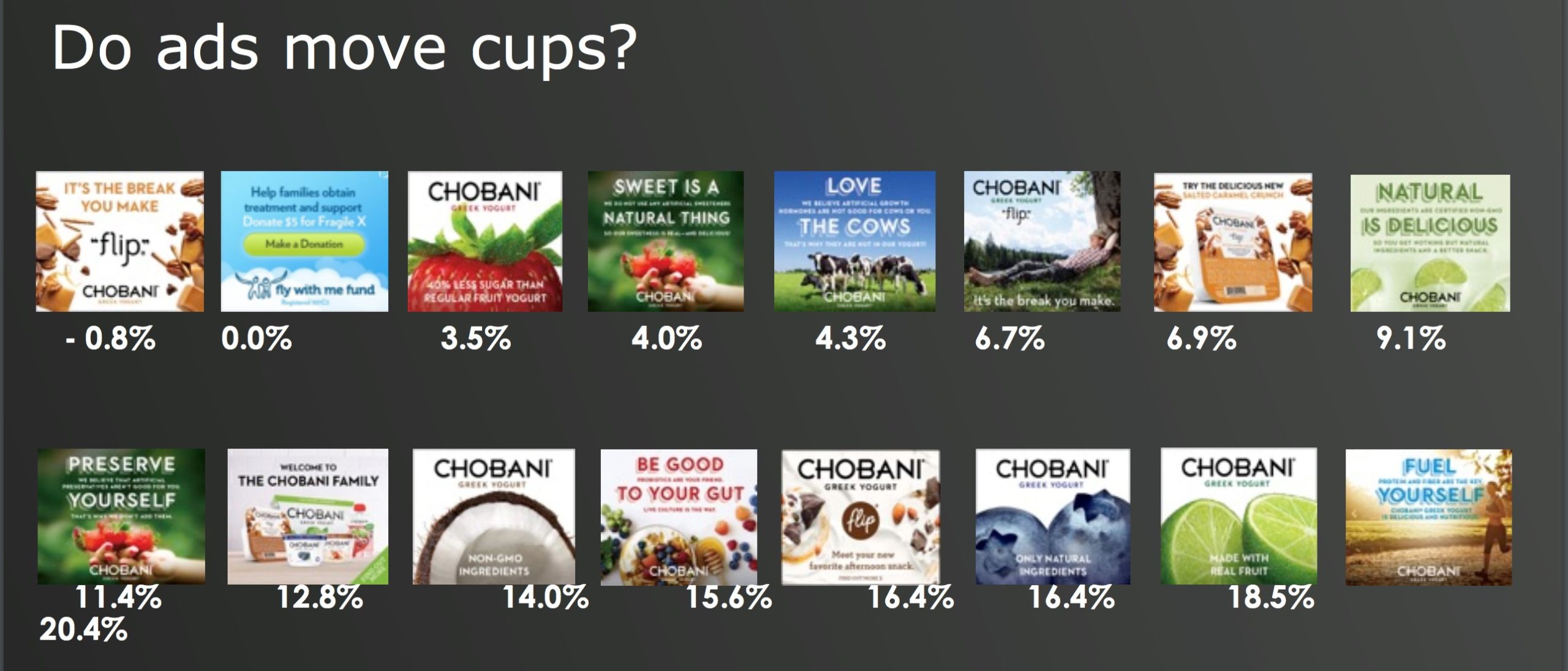This study explores the identification of nonlinear and time-varying effects in marketing mix models (MMM). It highlights the challenges of conflation in model selection and proposes a framework for simulating and estimating these effects using Gaussian processes. The study emphasizes the importance of accurately identifying the underlying response to optimize marketing spending.
The research provides insights into the complexities of marketing effectiveness and offers practical solutions for improving model accuracy. By addressing the issue of conflation, the study aims to enhance the decision-making process in marketing strategies.
Member Only Access
Paul Donato, Chief Research Officer for the ARF moderated an Insights Studio, sponsored by Google on February 26, 2026 focused on the Privacy Sandbox initiative. Hanne Tuomisto-Inch (Privacy Sandbox), Matt McIntyre (Choreograph) and Aislinn Ryan (NextRoll) shared best practices and learnings in a new era of online privacy.
Member Only Access

In the rapidly evolving digital content landscape, media firms and news publishers require automated and efficient methods to enhance user engagement. This study introduces the LLM-Assisted Online Learning Algorithm (LOLA), a novel framework that integrates Large Language Models (LLMs) with adaptive experimentation to optimize content delivery. Leveraging a large-scale dataset from Upworthy, which includes 17,681 headline A/B tests, the study investigates three pure-LLM approaches and finds that prompt-based methods perform poorly, while embedding-based classification models and fine-tuned open-source LLMs achieve higher accuracy.
LOLA combines the best pure-LLM approach with the Upper Confidence Bound (UCB) algorithm to allocate traffic and maximize clicks adaptively. Numerical experiments on data from the website Upworthy show that LOLA outperforms the standard A/B test method, pure bandit algorithms and pure-LLM approaches, particularly in scenarios with limited experimental traffic. This scalable approach is applicable to content experiments across various settings where firms seek to optimize user engagement, including digital advertising and social media recommendations.
Member Only Access
Is there a better way to measure the digital behavior of consumers considering a complex or expensive purchase and improve outcomes going forward? Measurement company Arrivalist shared techniques they have used successfully, illustrated with six case studies. Their work has application for both considered and impulse purchase brands.
Member Only Access





